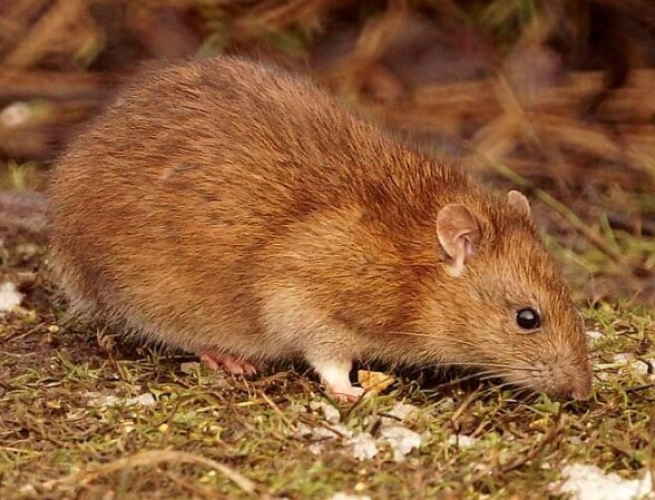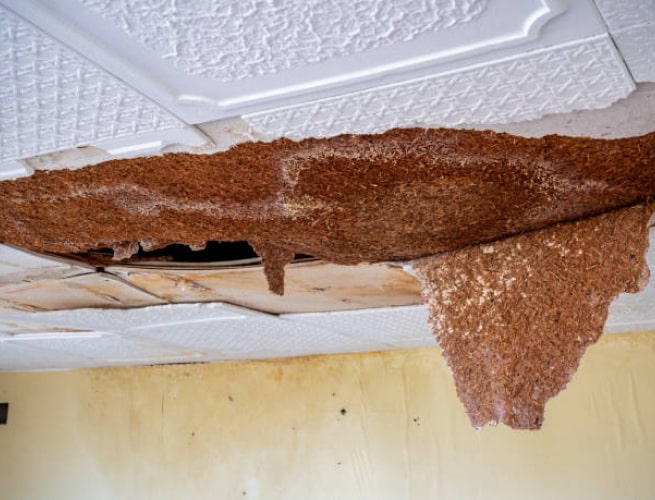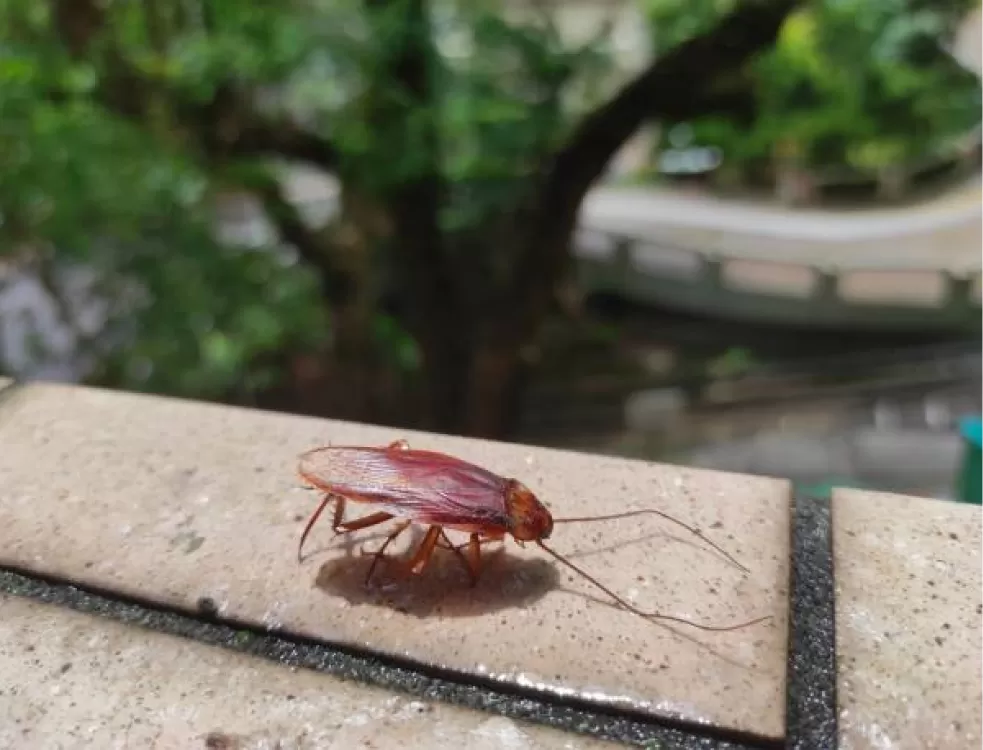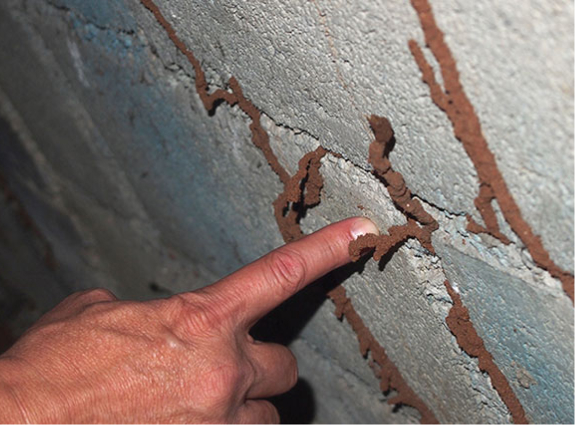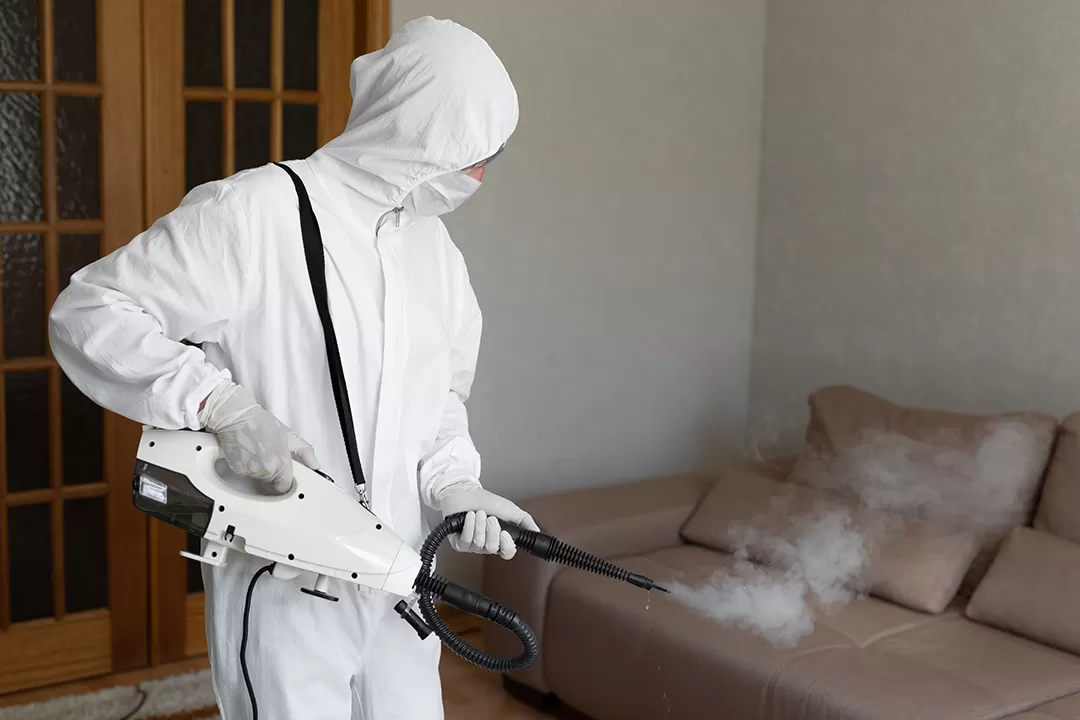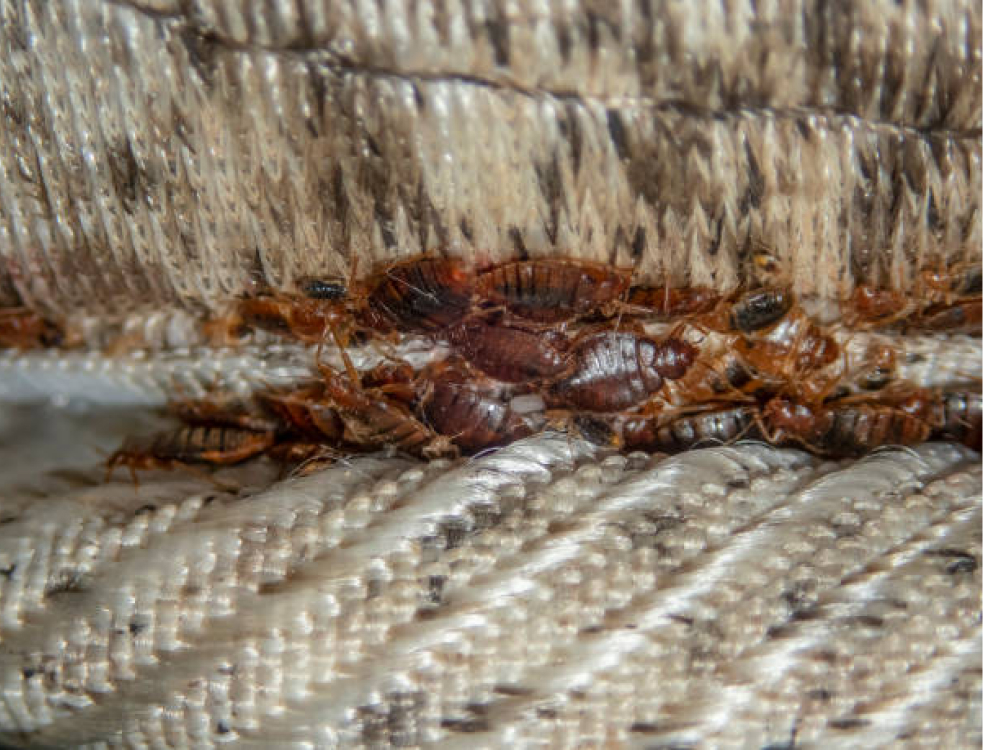Maintaining hygiene is mandatory in the food industry, and pest control is therefore seen as a necessity. After all, pests are a nuisance and can contaminate your equipment, ingredients, and food products. In addition, by virtue of the wide availability of food sources, the food industry is generally more prone to pest infestations.
So, how can you control notorious pest activities within your food plant? Well, the solution to pest infestations is to embrace an integrated pest management plan (IPM). IPM is an all-rounder approach to tackling pests in your facility.
In this article, you can read about how an integrated pest management approach can help you. You will also learn how you can implement IPM and rid your facility of unwanted pests.
Why Does the Food Industry Need Pest Control?
Why food processing facilities would need good pest control is rather apparent. No one wants pests around the food they will eat. Why? Well, pests are associated with a surfeit of health issues. Pests can contaminate not only the food but also workstations. This puts the health of both the employees and end consumers at risk.
Pests are also known to be responsible for spreading diseases. For example, common pests like cockroaches can trigger asthma and allergy symptoms, while rodents can transmit hantavirus, salmonellosis, and other concerning diseases.
Pests can also damage property. Pests like rats and termites can cause extensive damage to expensive equipment, raw materials, and other belongings. For example, they can mindlessly chew on electrical wires, bore holes through food storage containers, or even make holes in walls – all of which can cause financial loss.
Worst of all, they can impact your reputation in the market. No one expects a food handling facility to be associated with pests. If customers spot pests (even if it is just one cockroach scampering across the floor or some flies buzzing over the food) in your facility, they will lose their trust in you. This creates a negative impact, and a health inspector may visit if word gets out. If you do not handle pest problems promptly, they can have an impact severe enough to cause the closure of your business.
How the Food Industry Can Conduct Pest Control: Integrated Pest Control
The best pest control tip for the food industry is to follow an Integrated Pest Management (IPM) program. IPM requires pest management experts and facility managers to collaborate and identify pest hot spots, establish healthy sanitisation practices, and apply pest prevention approaches.
IPM is a well-informed and proactive approach that minimises health hazards to people and property. It is also a very environmentally-safe approach. It entails reducing sources of shelter, food, and water for pests. In addition, it uses up-to-date information about different pest life cycles and their interaction patterns to eradicate existing pest populations and prevent future growths.
IPM emphasises the use of suitable pesticides in the right amount. Furthermore, it encourages the use of eco-friendly natural pesticides instead of synthetic chemicals.
The IPM Process
IPM does not consist of merely one single pest control technique but is actually an elaborate 4-step process. It involves using a combination of investigations, decisions, and controls. The overall process of Integrated Pest Management can be divided into four steps. They are:
- Figure Out the Action Threshold
- Monitor Closely and Identify Pests
- Take Preventive Measures
- Control Step for Pests
Figure Out the Action Threshold
IPM requires you to set an action threshold before taking any action. This is the first step where you must investigate which pest populations or environmental conditions suggest that pest control is required.
An extensive control approach is unnecessary if the problem is as small as spotting just one pest. According to IPM, a strict pest control measure is needed only when the pest situation may pose a threat economically in the future.
Monitor Closely and Identify Pests
The second step is to monitor the extent of the pest population around your food service business. Every weed or bug needs to be taken care of. Carefully assess which pests have a negative impact on your overall business and act accordingly. Many pests are harmless, and some of them are even helpful; that is why we don’t kill them.
IPM programs monitor pests closely and correctly categorise harmless and harmful ones. This will allow you to make the right decisions related to pest control. This way, the risk of using pesticides inappropriately or unnecessarily is reduced.
Take Preventive Pest Control Measures
When it comes to pests, prevention is better than cure. IPM programs help one manage indoor spaces, lawns, and crops. This can help keep pests away and prevent any serious pest problem from developing in the first place.
In regards to agricultural crops, rotating between different crops, choosing pest-resistant crops, planting pest-free rootstock, and other agricultural methods could be good preventive measures. Taking a preventative approach to controlling pests is not only highly efficient but is also cost-effective. Moreover, it poses minimal or no risk to the environment and humans.
Control Step for Pests
If the matter gets out of hand and the aforementioned steps cannot contain a pest issue, you must take a pest control action. Indeed, this is the last step and must only be taken if preventative practices fail. In this final step, IPM programs will help you decide the most appropriate method, considering both the potential risks and level of effectiveness.
IPM encourages the adoption of effective yet low-risk pest control methods as the first choice. Examples of low-risk effective pest control include trapping, weeding, and applying pheromones or other targeted chemicals to interrupt pest mating.
If you find that these less risky methods are not effective, you can take extra measures such as targeted pest spraying. Non-specific broadcast spraying of pesticides should be used as a last resort.
Conclusion
In the food industry, poor pest management can lead to serious consequences. In addition to the damage to property and direct financial loss, having a pest problem can lead to your company suffering negative reviews. Surely, this can tarnish your reputation in the industry. Plus, poor pest management techniques can have a toll on the sanitation of the workplace.
To keep your facility free of pests and also avoid the consequences of using synthetic pest control methods, you can embrace the use of integrated pest management. Don’t worry if you do not know much about IPM. Hiring an experienced pest management company with expertise in this area can help you effectively keep pests at bay.


